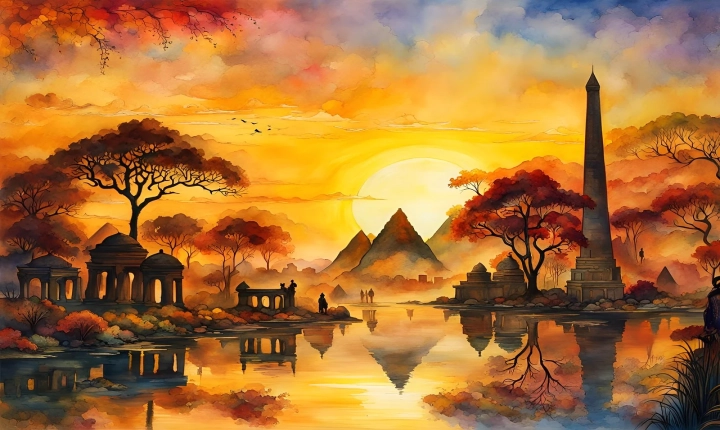Title: How to Animate AI Images: A Step-by-Step Guide
Animation has become an integral part of the digital world, bringing life and interactivity to static images. With the advancement of artificial intelligence (AI) technology, animating images has become more accessible and efficient. In this article, we will explore the process of animating AI images, offering a step-by-step guide for individuals interested in bringing their visuals to life.
Step 1: Choose the Right AI Image Generation Tool
The first step in animating AI images is to choose the right AI image generation tool. There are several AI-powered platforms and software available that offer a wide range of features for creating and animating images. Some popular options include Deep Dream Generator, Runway ML, and Artbreeder. Depending on your specific needs and preferences, consider exploring the features and capabilities of the available tools to select the one that best suits your requirements.
Step 2: Select or Generate the Base Image
Once you have chosen your preferred AI image generation tool, it’s time to select or generate the base image for your animation. You can either upload an existing image or use the tool’s capabilities to generate an image from scratch. Consider the style, composition, and color scheme of the image, as these elements will play a crucial role in the animation process.
Step 3: Define the Animation Parameters
After selecting the base image, define the animation parameters based on the desired effect. This may include specifying the motion, transformation, and timing of the animation. Many AI image generation tools provide a wide range of parameters and settings to customize the animation, allowing users to create unique and engaging visuals.
Step 4: Apply Animation Techniques
Utilize the available animation techniques provided by the AI image generation tool to bring your image to life. These techniques may include adding motion effects, morphing elements, or creating dynamic transitions. Experiment with various animation features to achieve the desired visual impact and convey the intended message through your animated image.
Step 5: Refine and Preview the Animation
Once you have applied the animation techniques, take the time to refine and preview the animation to ensure it meets your expectations. Make adjustments to the animation parameters, timing, and effects as needed. Many AI image generation tools offer real-time previews, allowing users to see the animated image in action before finalizing the outcome.
Step 6: Export and Share the Animated AI Image
Once you are satisfied with the animated image, export it in your preferred file format. Consider sharing your creation on social media platforms, websites, or digital presentations to showcase your animated AI image to a broader audience.
Conclusion
Animating AI images offers a creative and innovative way to enhance visual content and engage audiences. By following the step-by-step guide outlined in this article, individuals can leverage AI image generation tools to produce captivating and dynamic animated visuals. As AI technology continues to evolve, the possibilities for animating AI images are virtually limitless, providing endless opportunities for artistic expression and storytelling.
